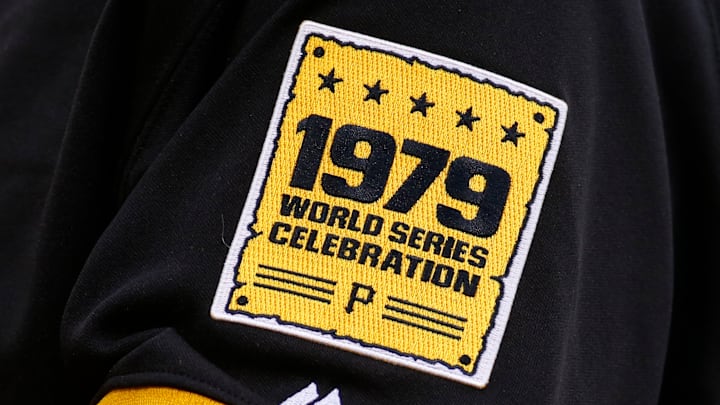
Number Two
1909
Our second-best Pirates World Series-winning team is the very first of the franchise. We have to go back to the days of Honus Wagner for this one. Wagner led the charge on this team, but overall, they had one of the best offenses and pitching staffs among any of the Pirates’ World Series-winning teams.
Wagner batted .339/.420/.489 that season with a league and park-adjusted 174 wRC+. All three of his triple-slash numbers led the league, as well as his OPS+ (and, in proxy, OPS), doubles at 39, and RBI at 100. Wagner was by far the team’s best hitter this season, but he wasn’t the only notable batter.
Fred Clarke (130), Dots Miller (121), Tommy Leach (118), and George Gibson (107) were all above league average hitters, per wRC+. Overall, this Pirates team led the league in runs scored at 701, batting average at .260, slugging percentage at .353, wOBA at .335, and OPS at .680. They also ranked second in the league in OBP at .327.
The Pirates’ pitching this season was also phenomenal. Their best arm was Howie Camnitz, who had a 1.62 ERA, 0.97 WHIP, and 2.12 FIP through 283 innings of work. Camnitz allowed just one home run. His 4.2 K/9 ratio was well above the league average, and overall, he had the sixth-best ERA. Once you adjust for league and park factors, Camnitz had a 158 ERA+.
But every single Pirates pitcher who threw at least 100 innings was great. In total, six Pirates pitchers threw 100+ frames, with the lowest ERA+ being Lefty Leifield at 109. Camnitz was only the second-highest on the team. Babe Adams had the best ERA+ at 232 (1.11 ERA) in 130 innings pitched (25 total appearances, 12 starts). As a team, their 2.07 ERA was the 2nd best in baseball.
